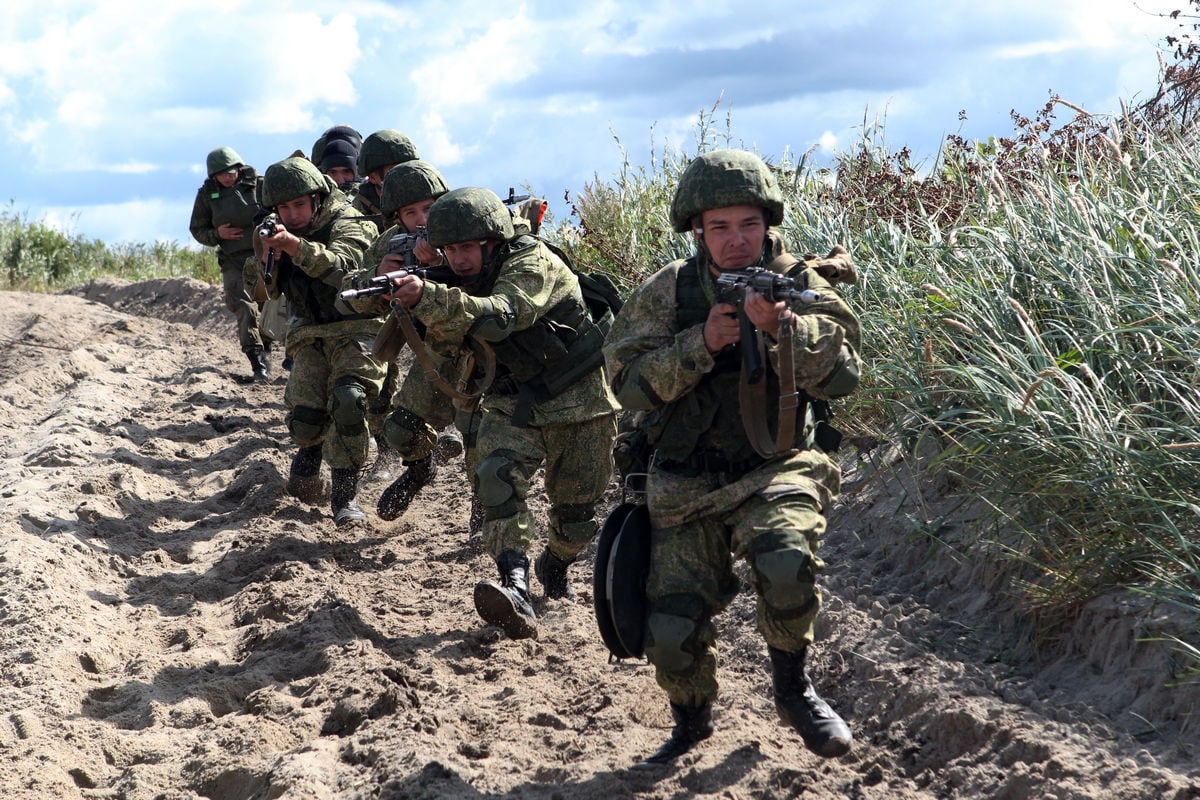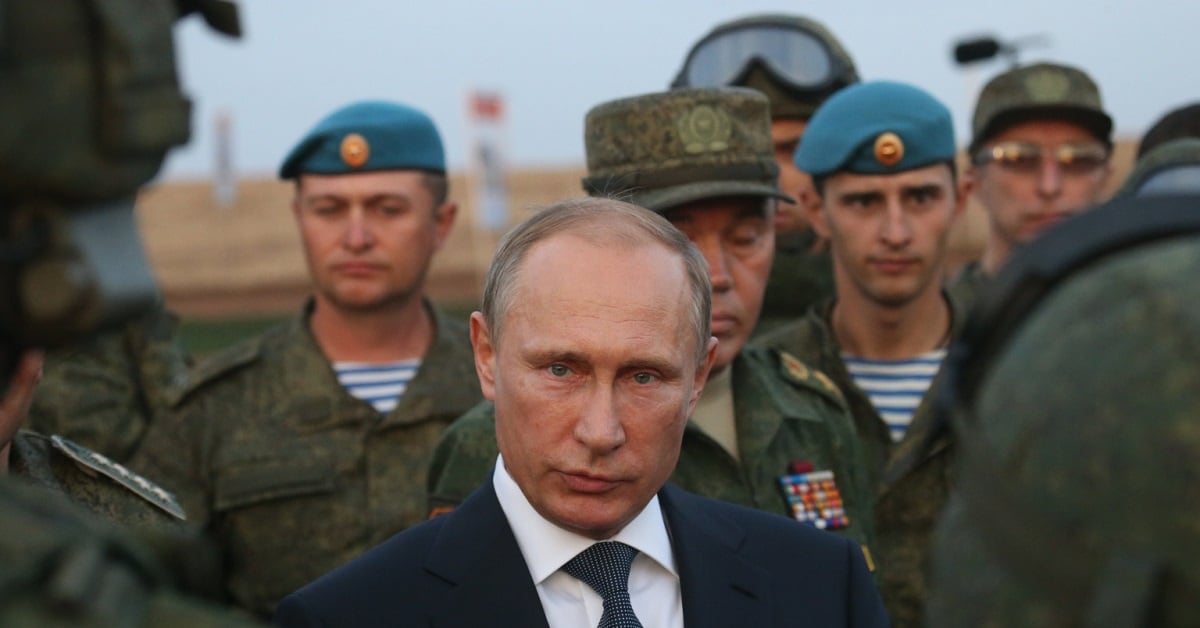Following last year’s massive Russian military exercise on the western border, the country is headed into the largest military drills in nearly four decades on its eastern flank.
Russian Defense Minister Sergei Shoigu announced this week that the Vostok-2018 exercise from Sept. 11-15 would involve as many as 300,000 troops, 1,000 aircraft and 900 tanks with units from China and Mongolia also participating.
The drills will be “on an unprecedented scale both in terms of the area covered and in terms of the numbers,” Shoigu told Russian state media.
It will include all their military’s airborne units and both northern and Pacific naval fleets, he said.
“Imagine 36,000 pieces of military equipment moving together at the same time — tanks, armored personnel carriers, infantry fighting vehicles. And all of this, of course, in conditions as close to combat as possible,” he said, CBS News reported.
The last time this many Russian and allied forces mounted in such a training drill was in 1981, before the bulk of new U.S. soldiers were born and a decade before the end of the Cold War, according to Reuters news agency.
RELATED

Russian officials have called such large-scale exercises necessary in an environment of aggressive and hostile actions from the United States and European neighbors.
This Russian effort also coincides with U.S. military shifts from counterinsurgency work in the Middle East to equipping, manning and training for “near-peer” competitors such as Russia and China.
The announcement comes amid what some experts have called the lowest point in relations between Russia and NATO allies since the end of the Cold War.
Ambitious plans
Beginning in 2010, Russia announced its military buildup to modernize and expand its military footprint. Much of that has been delayed through failed equipment procurements, falling oil prices and U.S.-led sanctions.
For instance, to upgrade their stealth fighter fleet they first announced an order for 52 PAK-FA T-50 jets, which dropped to 12 after costs rose beyond the planned budget, according to Newsweek.
An ambitious plan put out three years ago would have acquired 2,300 high-tech Armata T-14 tanks by 2020. But within a year they instead pushed to refurbish 3,000 existing tanks used by the former Soviet Union forces between the mid 1970s and early 1990s, Newsweek reported.
Though the announcement was first relayed to NATO allies in May and NATO military attaches were invited to attend, it is only since Shoigu’s public comments that media attention has emerged.
This marks a stark contrast with last year’s Zapad-17, which took place within and near Belarus, near Baltic states, whose leadership sounded alarm bells over Russian maneuvering offensive operations in the region.
Russian officials stated that only 12,700 Russian troops participated in the much-scrutinized exercise. But multiple experts cried foul and put the exercise figure at more than 100,000 troops.
Shortly after the western district exercise, Poland held its own, defensive, exercise dubbed Dragon-17 that used 17,000 troops and 3,500 pieces of equipment for more than a week.
Since then, Polish officials have publicly called for a permanent U.S. military base within their borders, in part to deter perceived Russian aggression and advancements.
That echoes an agreement earlier this year to double the number of U.S. Marines on a rotational basis in Norway from about 330 to 700.
That announcement drew a sharp response from Russian officials, who said it violates decades old NATO agreements and called it an “attack” on the region.

Much of the worry and posturing comes after the 2014 Russian takeover of Crimea, which was followed by subversive Russian support for pro-Russian factions fighting in Ukraine, which continues today.
In addition, an estimated 3,200 Russian troops were recently stationed in Georgia and another 7,000 in Moldova, both against the opposition of those nations’ governments, Newsweek reported.
The upcoming training event would see three times as many as last year’s western district exercise roving around areas of Russia’s eastern and central military district, which borders China.
That’s nearly half of the entire Russian military force, which numbers close to 800,000 troops, Newsweek reported.
China’s involvement grows
China’s role is limited but new.
More than 3,000 Chinese soldiers with 900 pieces of equipment will work jointly within the Russian borders for the exercise. Past versions of the Vostok exercises have planned for China as the aggressor or enemy, rather than an ally.
While China has conducted joint training with Russia since at least 2005, it has not before done so within Russian borders at this scale, experts told the Wall Street Journal.
Todd South has written about crime, courts, government and the military for multiple publications since 2004 and was named a 2014 Pulitzer finalist for a co-written project on witness intimidation. Todd is a Marine veteran of the Iraq War.





